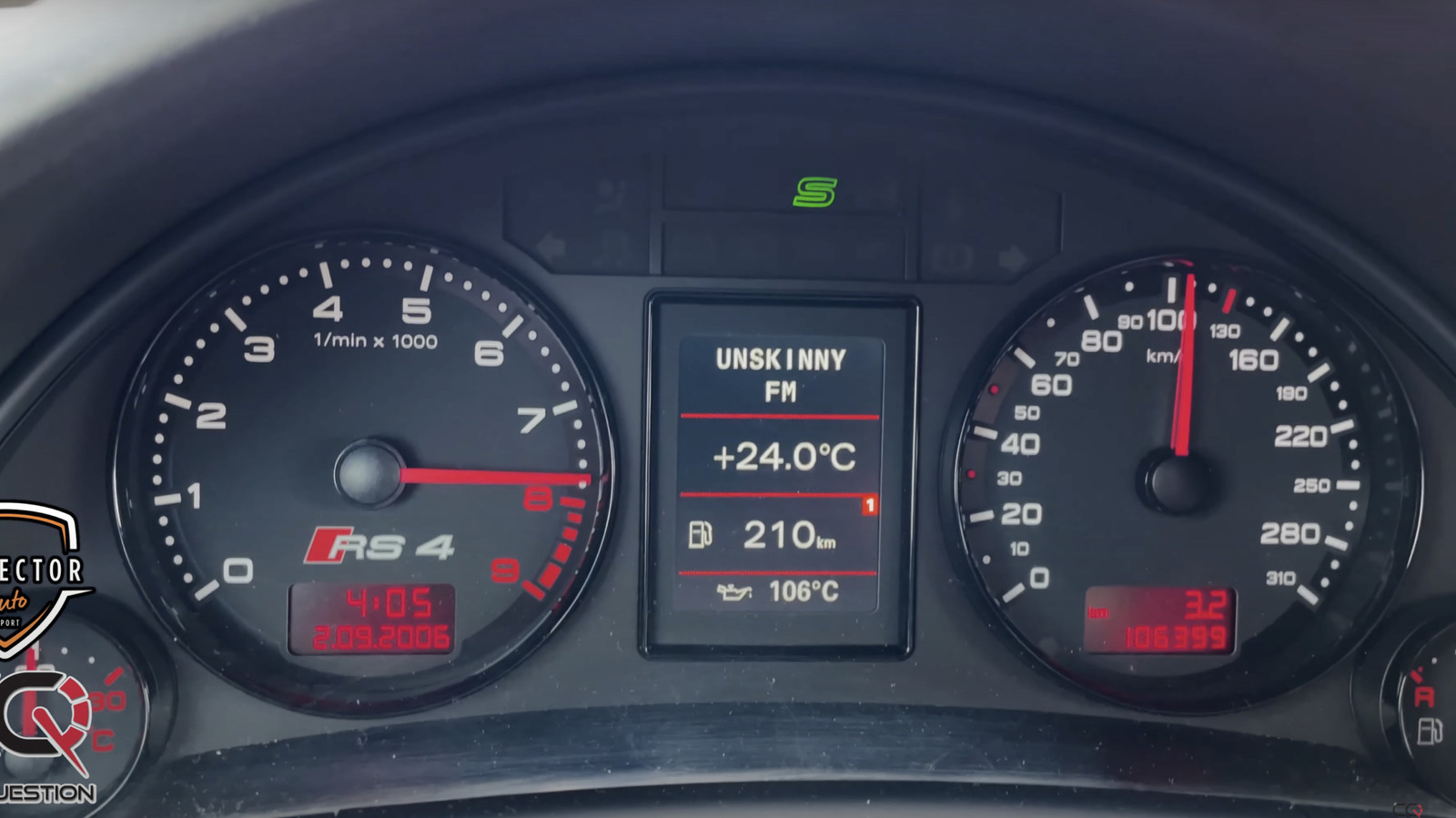(Non)Equilibrium Reaction Pathway Upon Charging/Discharging for Mn‐Fe Olivine Phosphates
Advanced Energy Materials, EarlyView.

The thermodynamic equilibrium reaction path of LMFP exhibits a moderated stepwise voltage profile, characterized by a sequential transition of biphasic, monophasic, and biphasic reactions.
Abstract
LiMn y Fe1− y PO4 (LMFP) has emerged as a promising candidate for substituting LiFePO4 due to its higher energy density while preserving cost-effectiveness. However, LMFPs are veiled by their asymmetric charge-discharge voltage profiles that arise from complex phase transitions. In this study, first-principles calculations are employed to systematically investigate the phase transition mechanisms and electronic structure evolutions in LiFePO4 and LiMnPO4, with a focus on elucidating the behavior of Li1– x Mn y Fe1− y PO4 for next-generation lithium-ion batteries. Detailed phase diagrams across the full lithiation range, combined with partial density of states analysis, reveal that the dual voltage plateaus arise from the distinct redox processes of Fe2+/Fe3+ and Mn2+/Mn3+. Notably, the thermodynamic equilibrium reaction pathway of LMFP follows a sequence of biphasic, monophasic, and biphasic transitions. In contrast, the intrinsic insulating characteristics of iron phosphate trigger a non-equilibrium reaction during charging. This non-equilibrium behavior, marked by phase segregation and limited electron mobility due to Mott-insulator characteristics, leads to a stepwise (stair-like) voltage profile during charging, whereas the discharging process follows an equilibrium pathway with a smoother voltage response. These insights into the interplay between thermodynamics, electronic structure, and insulating properties provide a theoretical foundation for understanding LMFP cathodes.






















































































































































